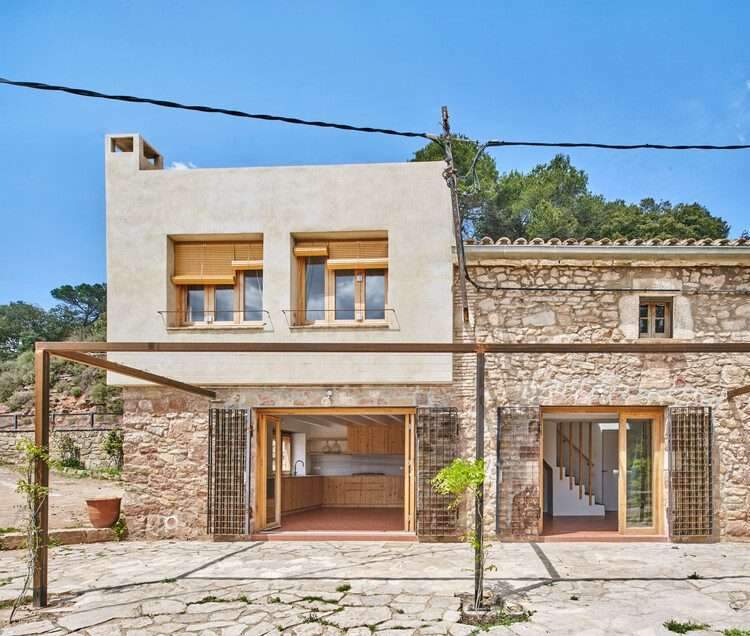“There is unlimited freedom every time I start designing in 3D,” says Aktay.
“Designing a new piece is an interesting challenge every time,” says furniture designer Deniz Aktay whose renders are some of the best we have seen. He represents a generation of digital-savvy designers equipped with the technical know-how when it comes to CGI and virtual reality.
As software has evolved, hyper-realistic renderings have too—and by adjusting lighting and shadows, roughness and reflections, combined with precise camera positioning, designers can realize a vision of a product that looks like a real photograph.
“I have always been fascinated by architectural exterior and interior visualizations and 3D modeling,” Aktay says. “At first, it felt so relieving to just create objects without worrying about how to realize them in the real world. This approach allows you so much freedom in designing which is necessary to come up with new ideas.”
Aktay publishes his designs daily on Instagram, which he only joined in 2020 but has already amassed an impressive audience—32,500 to be exact. “It is obvious that sometimes people want to escape from reality, especially now, as serious problems. Like the climate crisis and pandemic are controlling the world,” he says. “These animations and renderings, whether they are showing surreal or realistic scenarios, are a welcome change from the daily routine.”
But it’s not just Instagram users he’s there to impress. Aktay understands the power of social media as a place to be noticed. Particularly in the case of digital renders and CGI design. “Instagram enables designers like me to show their ideas and creativity in a generally more understandable way,” he says.
Deniz Aktay and his hyper-realistic furniture renders
“Up to now, these channels with millions of viewers were rarely opened for unknown artists and designers but mostly reserved for established professionals. Fortunately, this is slowly changing [and] while getting more and more visible on social media, there is the potential to attract attention from various interesting manufacturers.”
Aktay graduated in Architecture and Urban Planning from the University of Stuttgart in 2012. While he might be an up-and-coming designer, he’s already established himself as a furniture rendering superstar. It’s the perfect strategy for someone who has ideas but does not have the means to realize all of them. “My visualizations are a cost-efficient way to get them reviewed and checked. Mostly, if they look good in the renders, they also look good in real life,” he says.
Aktay’s renders don’t just ’look good’—exploring a diverse palette of materials. It doesn’t matter whether it’s wood, metal, glass, or plastic, his images are impressively hyper-realistic and always ultra-detailed. “Over the years I concluded that a good design has a fine detail or a total of fine details,” he says. A particular area where he excels is joinery, as illustrated in the details of his Triforce side table. Or the perfectly curved woodwork of the ‘NomNom’ coffee table. “I designed a very simple but smooth detail. And I rendered an image of the joint where one of the cut-out cylindric legs links with the tabletop. In my opinion, this contrast qualifies for a good visualization.”
Finally, more on Archup:
Call for Submissions from the Istanbul Design Biennial: “Designing Resilience”
Health & Environmental Resilience and Livability in Cities (HERL) – The challenge of climate change







